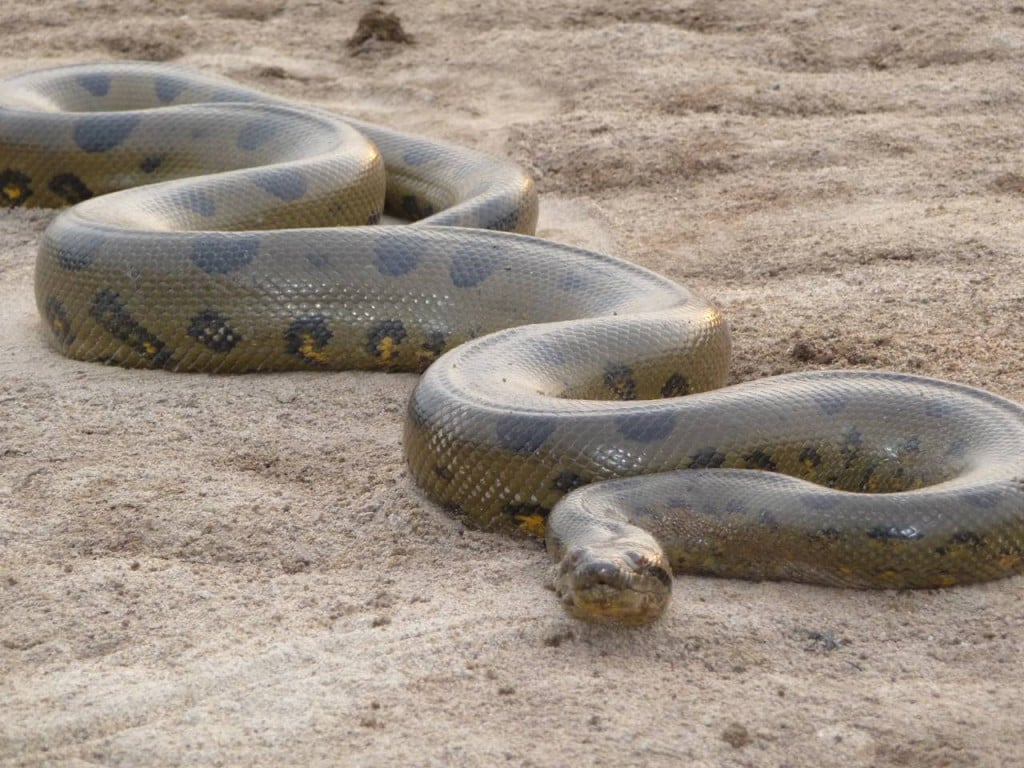
It prowls the thick and dense forest of South Asia, South East Asia, and Sub-Saharan Africa.Īnaconda is the heaviest and the biggest snake in the world. A python belongs to the family Pythonidae. However, anacondas and pythons belong to two different families of snake.Īnacondas belong to the boa family and are found in South America and the Amazon basin. Some people think that anaconda and python are one and the same. Map of anaconda distribution: National Geographic Maps.Pythons and Anacondas are no doubt the greatest snakes in the world.

Anaconda in tree: Martin Krause, Dreamstime.

Other species of anaconda are smaller in size, and include the yellow anaconda and the dark-spotted anaconda.Īnaconda in water: Photograph by Patrick K. And boy does this snake have a gob on it! Stretchy ligaments allow it to open its mouth wide enough to swallow prey whole – which could be large fish, rodents, caiman (relatives of crocodiles), wild pigs, small deer and even jaguars! Once an anaconda has suffocated its victim, it’s time to open wide. Instead, constrictors wrap their bodies around their prey and squeeze until it stops breathing – yikes! Constrictors are not venomous snakes, which means they don”t kill prey by delivering venom through a bite. The green anaconda is a member of a family of snakes called constrictors. Picture it – that”s longer than six ten-year-olds lying head to foot, and heavier than all of them put together! When taking into account both weight and length, the green anaconda is the largest snake in the world, growing up to 9m long and weighing as much as 227kg. The name applies to a several snakes in the genus Eunectes, but it is commonly used to refer to one species in particular – the green anaconda.

The anaconda is a semiaquatic snake found in tropical South America. Habitat: Swamps and rivers of tropical South America Scientific name (green anaconda): Eunectes murinus


 0 kommentar(er)
0 kommentar(er)
